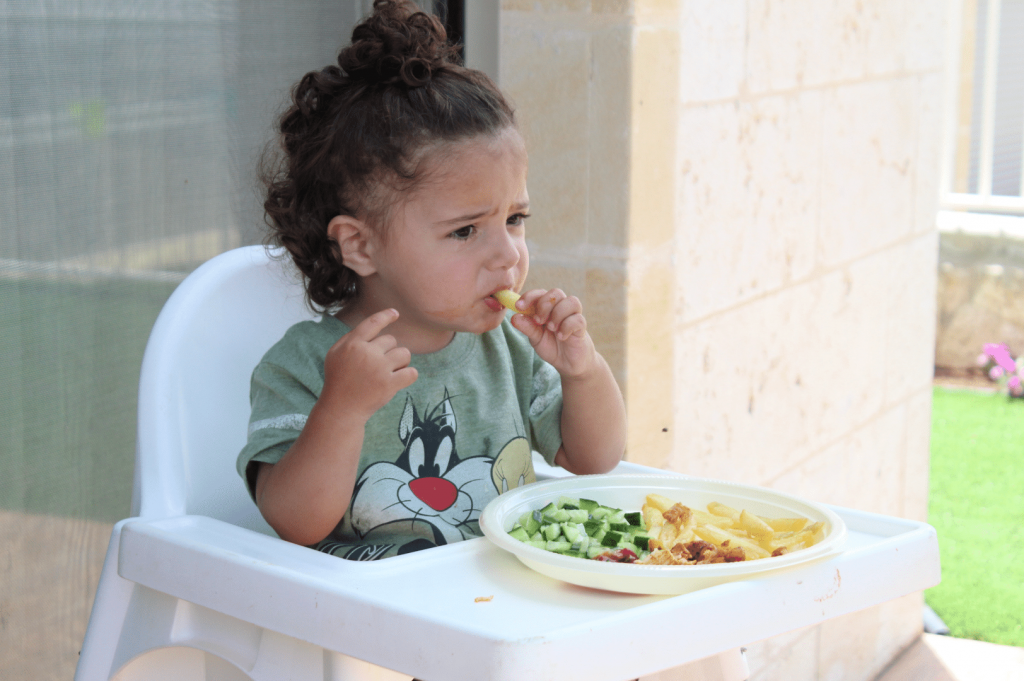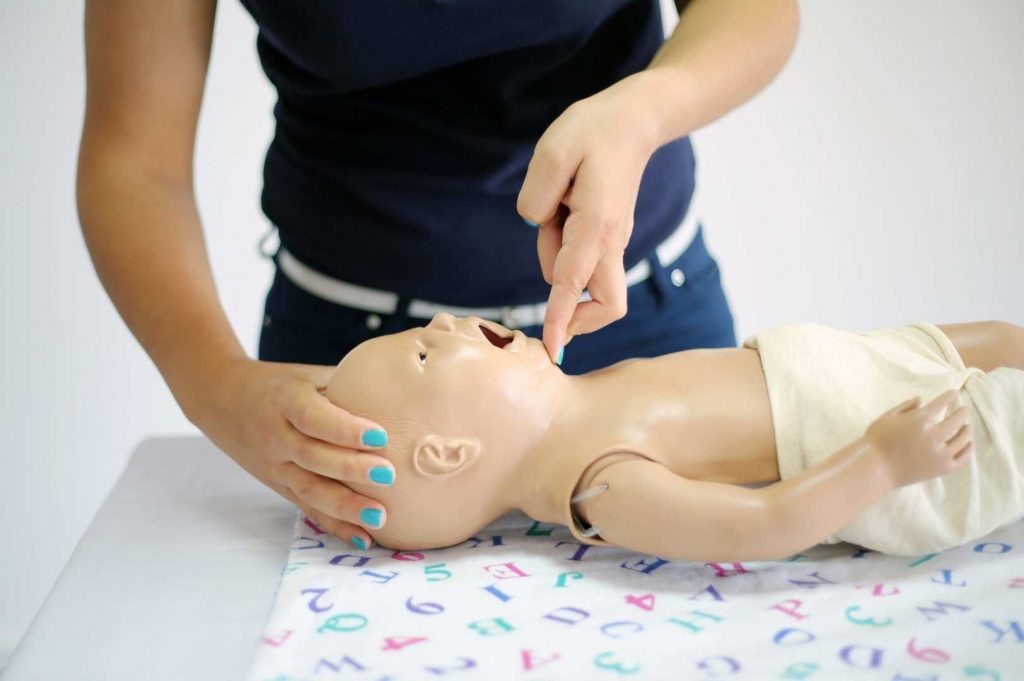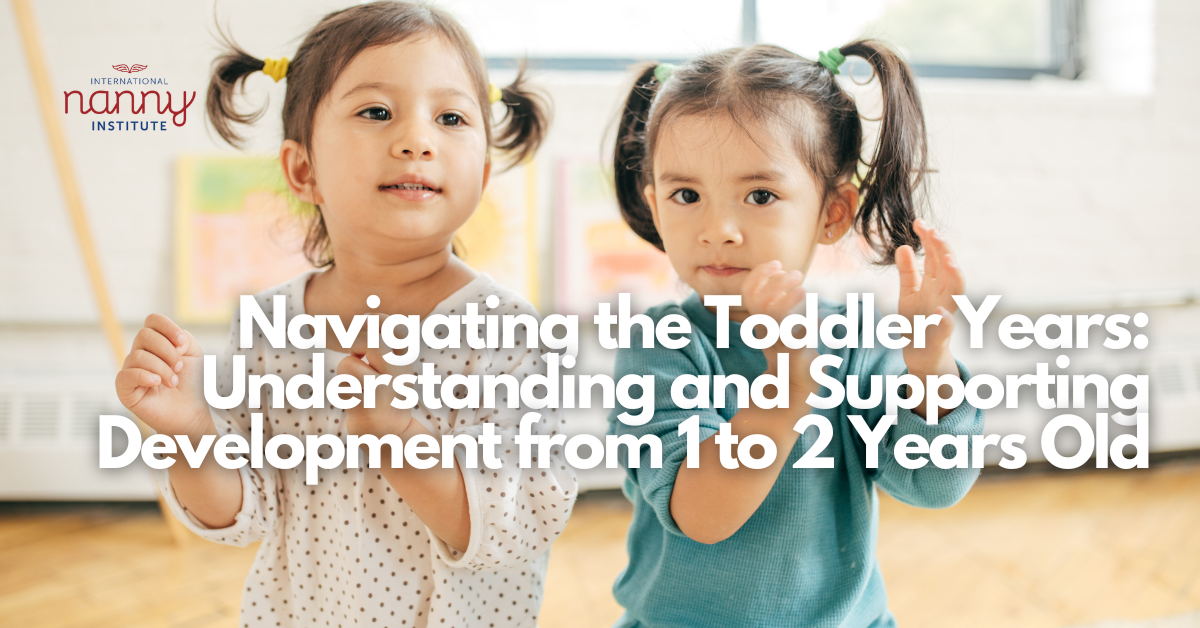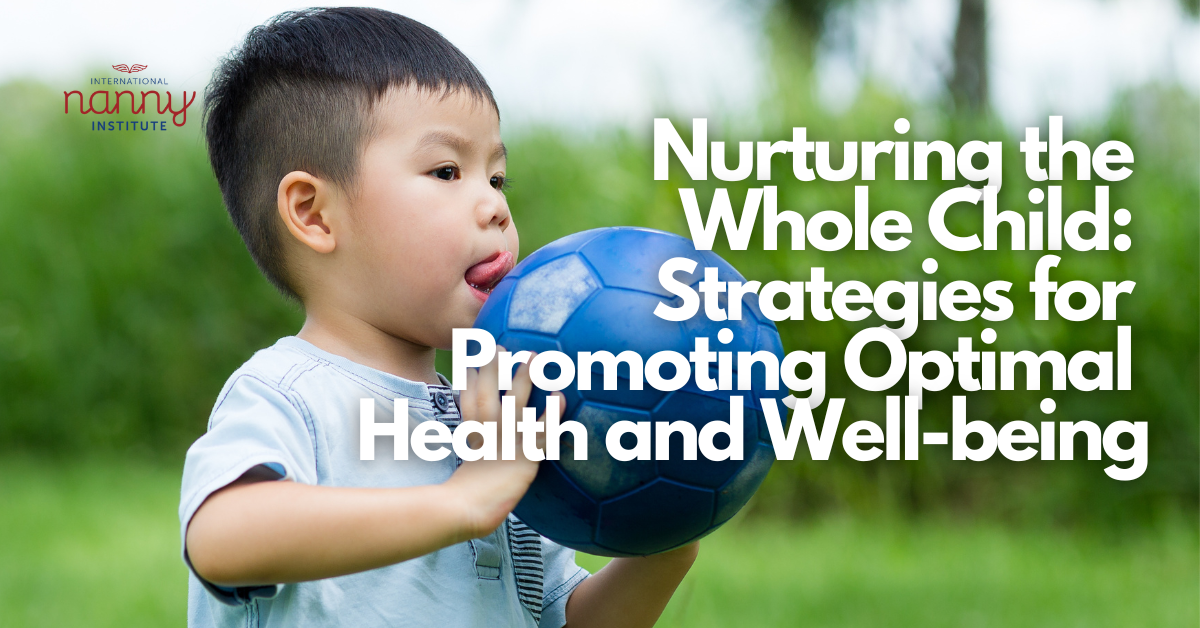Fussy Eating
Fussy eating is a common parental complaint, particularly during the toddler and preschool years. While most parents understand the importance of healthy eating during childhood and want their children to eat a variety of different foods, many children will go through a phase of fussy eating. Let’s explore what fussy eating might look like, why it happens, what to do about it and when you might need to seek extra help.
What is fussy eating?
Fussy eating, sometimes referred to as ‘faddy eating’ or ‘picky eating’, can develop when children have strong food preferences. Children who are picky eaters will often refuse to try new foods, actively avoid certain foods or be inconsistent with what they will eat. These food preferences can range from a mild, short-lived phase to something much more restrictive and long-lasting. It is typically a distressing and frustrating experience for parents and caregivers who want children to have healthy eating habits.

Why does it happen?
There are various reasons children may begin to restrict what they eat. First of all, there is a strong genetic component involved as specific genes, such as the TASR38 gene, govern taste and affect how flavour receptors determine how strongly certain tastes, such as bitterness, are experienced. (Calancie et al 2018).
In addition to genetics, our evolutionary past also plays a role in fussy eating. For example, our caveman ancestors were more likely to survive than other species because they ate a wide variety of foods and were not solely dependent on just a few resources. However, utilising many different types of plants for food sources could also pose a significant risk as some plants proved to be poisonous to humans. Some scientists believe that the need to determine the safety of different plants could be partly responsible for the biological development of fussy eating. In fact, it has been suggested that this is the reason fussy eating tends to emerge in children between the ages of 1.5 and 4 years old, as during this time, our ancestors’ children would have become less reliant on breastmilk for nutrition, and would have spent more time with older children of the group as opposed to their mothers. Without constant adult supervision, the risk of poisoning from eating dangerous plants would have been significantly higher, so the emergence of caution towards unknown foods around this age could have helped to keep our ancestors’ young children safe.
In addition, the toddler and preschool years are characterised by a change in behaviours including experimentation with boundaries, the development of independence and a newfound interest in exploring the concept of control. Oftentimes, young children can find mealtimes to be an ideal arena to explore these new concepts and behaviours. Furthermore, fussy eating is more likely to develop where parents or caregivers make food a battleground for control by bribing, rewarding or even punishing children for eating certain foods.
Talking to parents about fussy eating

Parents are typically aware of the importance of laying foundations for healthy eating in early childhood, which can cause them to experience worry, distress, frustration or guilt when their children’s eating habits don’t live up to their expectations. It’s also normal for parents to worry that their child is not getting enough to eat or that they may be eating too much of the wrong thing. Many parents feel that a child’s eating habits are a direct reflection on their parenting abilities, so it’s important to recognise these potential concerns when talking to parents about their child’s eating.
Parents may approach the Nanny about their child’s eating habits to discuss any observations or concerns they may have. In these instances, caregivers should remember to use their words carefully and encourage parents to be patient and understanding about the causes of fussy eating, while also reassuring them that this common phase usually passes with time.
For parents who worry that their child may not be getting enough food or nutrients, Nannies can take note of what the child eats over the course of the day or week. Many times, seeing the bigger picture can reassure parents who may be hyper focused on a single skipped meal or an unhealthy snack choice. Nannies can also take this opportunity to remind parents that as long as the child’s paediatrician is not concerned with the child’s growth or development, and the child has enough energy to play, they are likely eating enough.
Lastly, Nannies should remember to keep conversations with parents relaxed and calm as parents may already be concerned, and it is important to provide reassurance before offering suggestions.
Strategies for dealing with fussy eating

The most important thing to remember when dealing with fussy eating is that caregivers should not introduce additional pressure or stress surrounding food. If fussy eating is caused by a natural, biological resistance or an unresolved sensory issue, caregivers should remain patient and calm. In these instances, caregivers need to remember that many children will grow out of this behaviour as they age. Additionally, if fussy eating is a result of a child’s desire to push boundaries, then elevating stress levels around food would likely cause them to push the boundaries even further!
One strategy that often helps children who are going through a fussy eating phase is for caregivers to involve them in food preparation. By allowing children to mix ingredients, set the table and serve their own portions, they can develop a sense of pride, accomplishment and control around the food they eat.
Caregivers should also remember that children often need to try foods more than once before they develop an interest in it. Caregivers can reintroduce foods at regular intervals as children’s tastes tend to change over time. as they get older. In fact, an individual’s tastes can even continue to change and develop well into adulthood.
When trying to tackle fussy eating, being a good role model and having fair expectations of children is very important. Caregivers should eat with children wherever possible and use the opportunity to talk to them about the foods being eaten. Caregivers should be honest with children if they don’t like a specific food and can demonstrate that it’s okay not to like a certain food as long as they try it and continue to eat other food options. Children who have been fussy eaters for a longer period of time may have developed negative associations with mealtimes, so caregivers may have to actively work to change the children’s mindset. When caregivers share their mealtime with children, eating together can help to make mealtimes a positive experience as it offers the opportunity to talk about other subjects, play games and allows mealtime to be a fun, relaxing activity. Caregivers can also use this time to set good examples by revisiting foods they previously haven’t enjoyed and discussing their changing tastes with the children in their care. Essentially, the goal is for caregivers to turn mealtime into a nice, stress free experience.
For example, if you know a child doesn’t like lasagne but continues to serve just lasagne for dinner then even if you don’t pressure by punishing or bribing this is actually a lot of pressure. If however, the child likes garlic bread, chips, and cucumber and you offer a small portion of lasagne, alongside garlic bread, chips and cucumber the child can see that they are not going to starve and may feel more comfortable giving the previously disliked lasagne another try.
When to seek extra help

Usually, children will eat when they are hungry and won’t let themselves starve but for a small number of children, this fussy eating could become a problem. Sometimes, fussy eating can be a sign that a problem exists and caregivers may need to seek professional help. For example, one of the signs that could prompt caregivers to seek extra help would be if a child continues to limit the types of foods they eat until there are few food options left. Other times, caregivers may notice that a child begins to lose weight or become lethargic, which should prompt caregivers to follow-up with a healthcare professional.
Caregivers should also seek assistance if they notice a big change in the child’s dietary routine such as if they refuse to eat for a few consecutive days. Alternatively, if caregivers notice that a child has become hyper-aware of the differences within food, such as noticing and refusing to eat a different brand or recipe of tomato pasta sauce or if they exhibit an extreme emotional reaction to a new or different food, caregivers may need to consider speaking to a professional.
In summary, the vast majority of children will go through a fussy eating phase during their childhood but with patience and understanding from their parents and caregivers they will grow to develop a healthy relationship with food. When caregivers maintain a positive attitude, allow mealtimes to be a fun, relaxed and stress free environment and continue to offer a variety of foods at regular intervals, children can overcome their fussy eating and develop healthy eating habits.
Do you think teaching children to eat healthy is important? You can learn more about living a healthy lifestyle at the International Nanny Institute. Our OCN-London approved course, Healthy Living, discusses how to make positive lifestyle choices for yourself, the families you work with, and the children in your care. The role of a nanny can be demanding, so taking the time to consider your health and the health of your charges is vitally important for effective, nurturing childcare.










